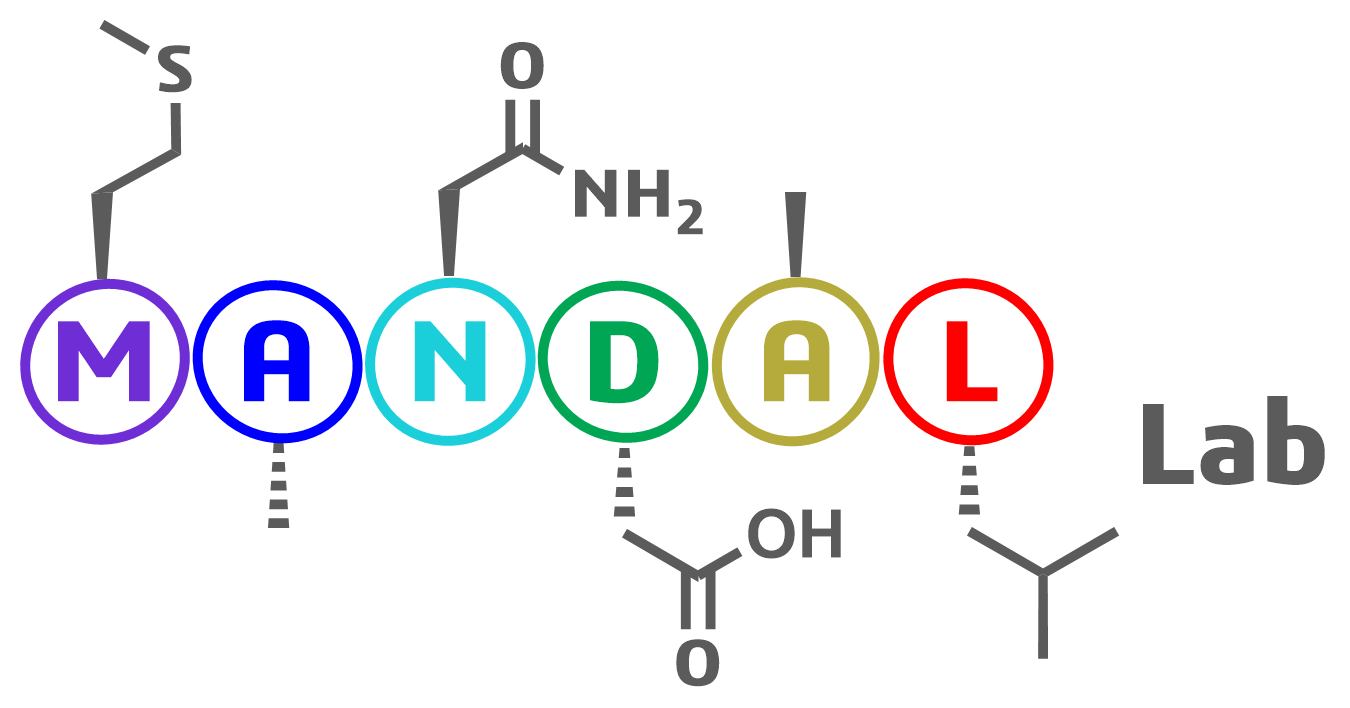
RESEARCH
One of the most important challenges in chemical biology is to understand the molecular basis of protein function. Developing new methodologies using chemistry and the ability to apply those methodologies to proteins plays a crucial role in addressing this challenge. The research in our laboratory is focused on the application of chemistry to design and engineer novel protein molecules, and to precisely control their biochemical properties. We use synthetic organic chemistry and chemical protein synthesis tool sets to engineer proteins, and then apply racemic and quasi-racemic protein crystallography to determine their three dimensional structures. We are particularly interested in design and total chemical synthesis of mirror-image proteins (composed entirely of D-amino acids and achiral Glycine) that would interfere specific disease related protein-protein interactions. Some of the projects currently underway in our laboratory are as follows:
Systematic development of a novel D-protein inhibitor to control and eliminate malaria transmission
Emergence of drug resistant strains of malaria parasite is a global threat to human health. It is important to find an alternative approach to treat malaria that is endemic in 97 countries, including India, around the world. Several unique extracellular protein-protein interactions, such as the AMA1-RON2 interaction, are crucial for the invasion of host cells by malaria parasite. By disrupting AMA1-RON2 interaction, we can treat and prevent the transmission of malaria that are resistant to traditional therapies. We are currently developing a novel D-protein inhibitor of P. falciparum AMA1-RON2 interaction. D-proteins have advantageous properties: they are resistant to proteolytic degradation and are known to be non-immunogenic. Therefore, a properly engineered D-protein inhibitor would be superior to a conventional natural peptide/protein (consisting of all L-amino acids and glycine).
Covalent modification of protein structures
The ability to chemically synthesize functional miniature versions of large protein receptors will open up new possibilities for designing inhibitors of protein-protein interactions. We are exploring synthetic organic chemistry methods – by covalent stitching of the side chains of the key residues that are involved in direct intramolecular contact in the polypeptide chain – to stabilize protein secondary and tertiary structures that would allow precise control over specific biomolecular interactions. Such a degree of rational engineering of protein molecules is not possible by applying any existing molecular biology techniques.
Design and total chemical synthesis of proteins with complex topology
In recent years, there has been growing interest in unusual protein molecules that contain complex polypeptide chain topologies such as knot, cyclotide, catenane and lasso. Existence of such complex topology raises intriguing questions regarding their folding properties and the potential impact of these complex topologies on biological functions. However, due to their complex molecular architecture, chemical syntheses and folding studies of these molecules are greatly challenging. We are currently developing chemical synthesis routes to these topologically complex protein molecules.
